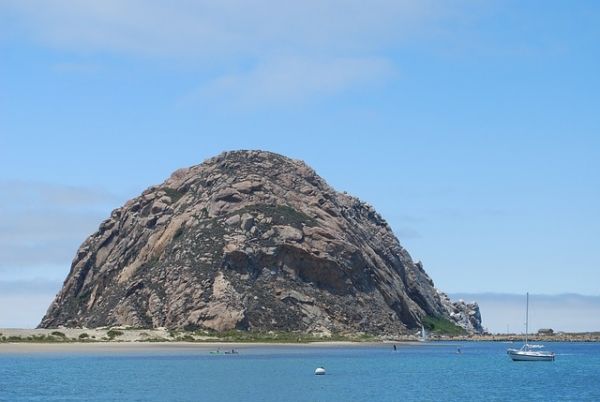In recent years, Morro Bay’s iconic eelgrass beds, which provide the estuary’s primary living habitat, experienced a massive die-off, declining more than 90 percent since 2007. Efforts to restore the eelgrass have had mixed success in many parts of the bay, and this seagrass is now only found close to the mouth of the bay and sporadically in other regions.
Seagrass systems are found throughout the world and provide many ecosystem services including fish nursey habitats, forage for migratory birds, nutrient cycling, carbon storage and sediment stabilization.
“The loss of eelgrass in the Morro Bay estuary is analogous to the loss of trees in a rainforest,” says lead author and Cal Poly physics Professor Ryan Walter. “Not only do you lose the plants, but you also lose all of the services that they provide for the entire ecosystem.”
Continue reading at California Polytechnic State University
Image via Pixabay, CC0 Creative Commons


